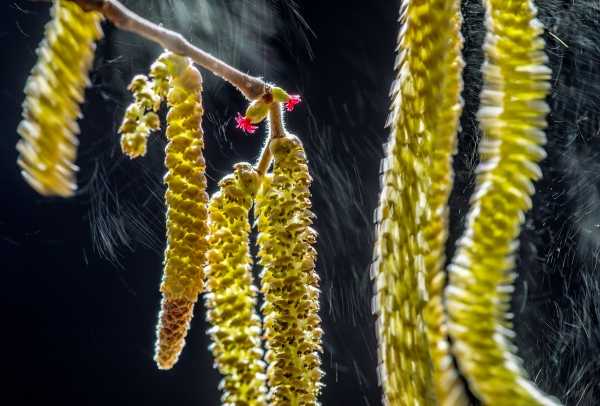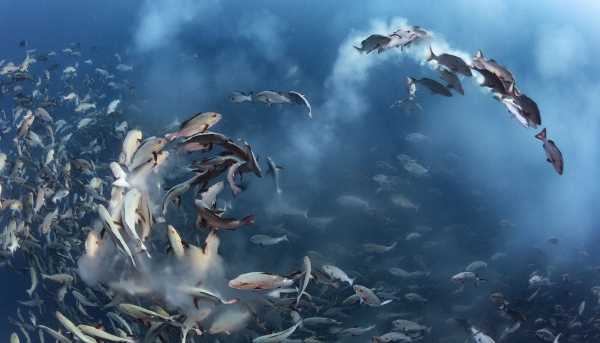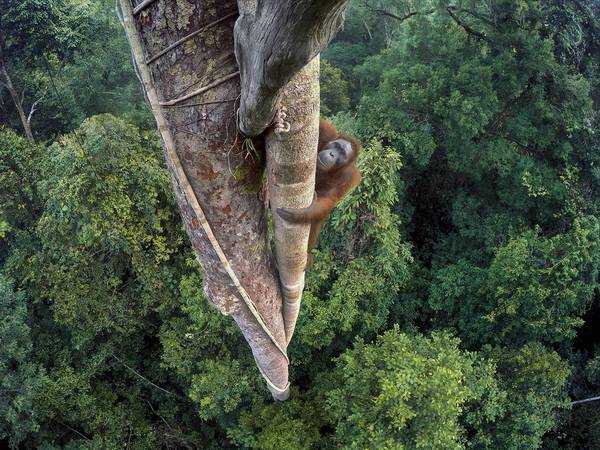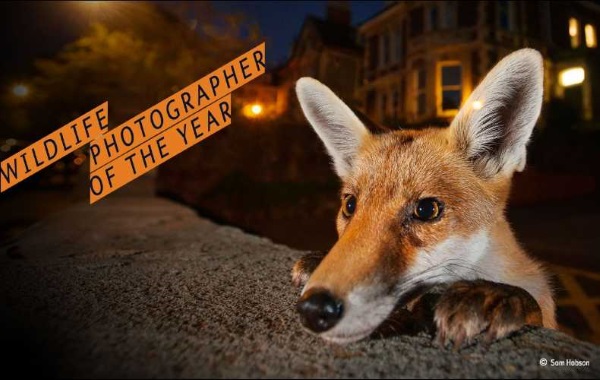The Natural History Museum’s winners of the Wildlife Photographer of the Year for 2016 highlight the wonders of nature captured from behind the camera lens.

The 52nd edition of the NHM’s Wildlife Photographer of the Year competition resulted in 10 winners in 10 categories from 8 different countries. This year’s winner in the Plants & Fungi category is Valter Binotto of Italy whose “Wind Composition” is shown above. Binotto snapped this close-up shot of a Hazel tree in the backyard of his home in northern Italy but it wasn’t easy. “The hardest part was capturing the female flowers motionless while the catkins were moving,” explains Binotto. In the end, the photographer was able to freeze the pink flowers while tiny particles of pollen were blown off the swaying catkins by the winter wind.

American photographer Tony Wu claimed the award in the Underwater category with “Snapper Party”. Wu traveled to the island nation of Palau, in the south Pacific, to capture countless Twinspot snapper (Lutjanus bohar) fish engaged in a mass spawning event – a scene that’s repeated on only a few days per month depending on the local tides and the phase of the moon. These spawning events take place in areas subject to both strong currents and frequent visits by predatory Blacktip and Bull sharks. Wu first witnessed this incredible scene in 2012 but it took several visits for the conditions to be just right, allowing him to document this kinetic and transient tableau for posterity.

The Grand Title winner of the 2016 Wildlife Photographer of the Year competition was Tim Laman of the USA. Laman’s eye-popping image features a young male Bornean Orangutan as he climbs over 30 meters (100 ft) up a tree deep in the rainforest of Gunung Palung National Park in West Kalimantan (Borneo), Indonesia. Laman was aware the orangutan had made this climb before – the Strangler Fig trunk wrapped around a host tree was topped by a cluster of ripe figs – and in anticipation of the endangered primate’s return, set up a series of remote-controlled GoPro cameras in the tree branches.




